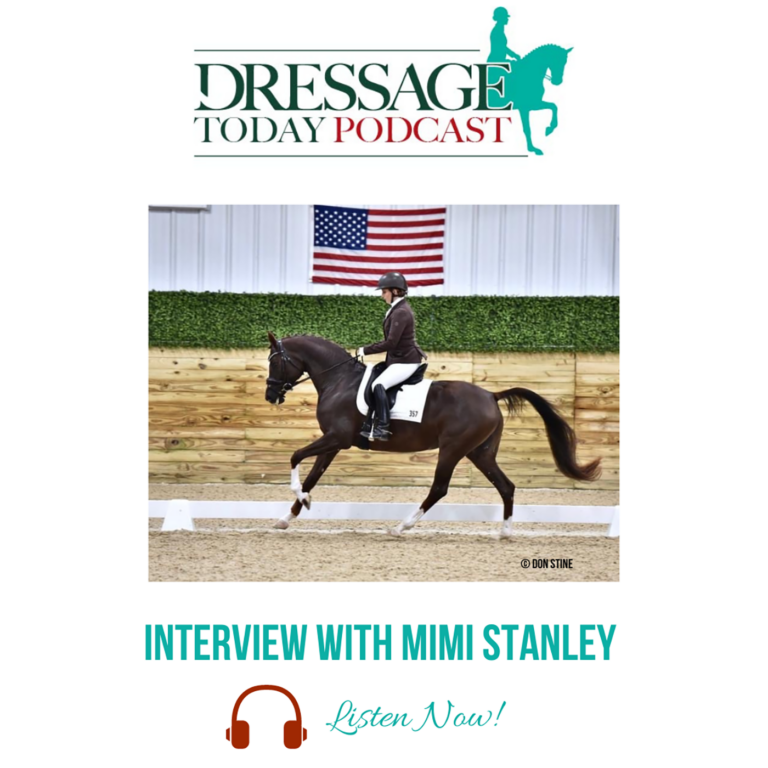Q: I’m in my early 40s and, after a long break (I used to ride Third Level dressage 10 years ago), I have started taking up dressage again. I ride two to three days a week, sometimes less. I’m worried that this is not enough to maintain a horse’s muscles for dressage. Do you think dressage is suitable for people like me, or will I never get anywhere with my limited amount of time in the saddle? —Nancy Gibbs of Northampton, Ontario
A: Good for you for getting back in the saddle. Life often gets in the way of a riding career, but there are solutions for riders in your position.
First, what are your goals? Do you want to ride dressage for pleasure or do you have serious competition ambitions? Do you want to work at the lower levels or at the Fédération Equestre Internationale (FEI) level? Two to three days a week is certainly enough to keep a horse sufficiently fit for basic work and to develop slowly, but it’s not enough for someone who wants to compete regularly and ascend the levels to the top.
You also need to consider the education of your horse. If he is a trained “professor” who knows his work and is teaching you, then a lighter workload probably won’t hinder you. I find that once a horse is really strong, he tends to keep his muscles well. The muscles he builds through becoming an upper-level horse change the way he’ll walk around his paddock, and it self-perpetuates to a point. But if you’re bringing up the horse yourself, he’ll need more regular work in order to make him strong enough to learn the upper-level movements properly.
A two to three-day workload might be the ideal for an older professor, a horse in his late teens, or early 20s, who’s been there and done that and still has lots to offer but might not hold up soundness-wise to a full workload. With these precious older gems, you’ll be doing him a favor by keeping him in light work and then ensuring lots of turnout to keep him moving in your absence.
You also need to choose what kind of horse to work with. A lighter horse, a Thoroughbred or Arabian type, will keep fit with very little work. A heavier draft-type or -cross requires much more effort toward fitness. When horse shopping, ask the owners what kind of schedule their sale horses currently keep. That’s not to say that a horse who has been in a six-days-a-week program his whole adult life couldn’t learn to work less, but it’s a factor to consider.
If you want to compete and/or move up towards FEI, don’t give up hope yet. Most trainers offer a training package that will have the trainer or her staff ride your horse when you’re not around. That can keep your horse keen and fit, even advance him, in your absence. If paying for regular training isn’t an option, see about half-leasing or share-boarding your horse out. Even a beginner rider just learning about dressage can keep your horse moving and keep his muscles from disappearing.
The best situation could be to find an advanced Junior or Young Rider or a burgeoning young professional, who might work something out with you financially in order to have the ride on a quality horse. These situations are mutually beneficial: You get the training and your up-and-coming young trainer gets to ride the quality horse she wouldn’t otherwise have access to.
Lauren Sprieser is a USDF gold, silver and bronze medalist and is a high-performance dressage competitor who has trained several horses from green to Grand Prix. Her students range from beginners to 2010 WEG silver medalists in eventing, and she is a sought-after clinician as well as a popular blogger. She trains horses and riders at her farm in Marshall, Virginia.











